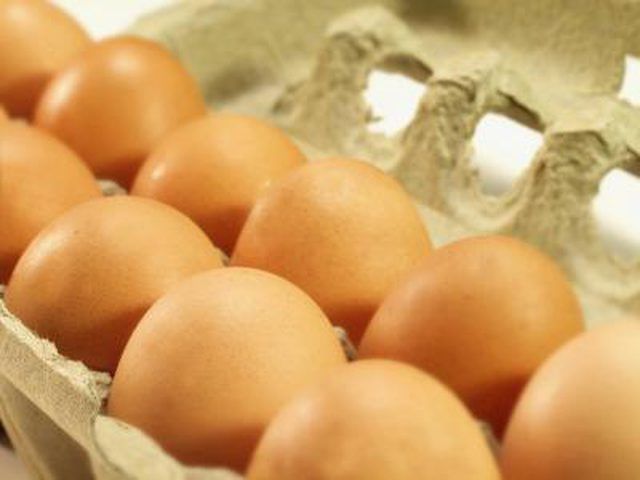Bulbs
Flower Basics
Flower Beds & Specialty Gardens
Flower Garden
Garden Furniture
Garden Gnomes
Garden Seeds
Garden Sheds
Garden Statues
Garden Tools & Supplies
Gardening Basics
Green & Organic
Groundcovers & Vines
Growing Annuals
Growing Basil
Growing Beans
Growing Berries
Growing Blueberries
Growing Cactus
Growing Corn
Growing Cotton
Growing Edibles
Growing Flowers
Growing Garlic
Growing Grapes
Growing Grass
Growing Herbs
Growing Jasmine
Growing Mint
Growing Mushrooms
Orchids
Growing Peanuts
Growing Perennials
Growing Plants
Growing Rosemary
Growing Roses
Growing Strawberries
Growing Sunflowers
Growing Thyme
Growing Tomatoes
Growing Tulips
Growing Vegetables
Herb Basics
Herb Garden
Indoor Growing
Landscaping Basics
Landscaping Patios
Landscaping Plants
Landscaping Shrubs
Landscaping Trees
Landscaping Walks & Pathways
Lawn Basics
Lawn Maintenance
Lawn Mowers
Lawn Ornaments
Lawn Planting
Lawn Tools
Outdoor Growing
Overall Landscape Planning
Pests, Weeds & Problems
Plant Basics
Rock Garden
Rose Garden
Shrubs
Soil
Specialty Gardens
Trees
Vegetable Garden
Yard Maintenance
How to Make a Homemade Vegetable Starter Box for Plants
How to Make a Homemade Vegetable Starter Box for Plants. Commercially produced seed starting equipment can be pricey when you add up all the gadgets, toys and whistles you would need just to sprout some simple little seeds. You can make your own homemade veggie seed starter box for next to nothing and garner extra self-satisfaction from repurposing...

Commercially produced seed starting equipment can be pricey when you add up all the gadgets, toys and whistles you would need just to sprout some simple little seeds. You can make your own homemade veggie seed starter box for next to nothing and garner extra self-satisfaction from repurposing materials that would otherwise end up clogging a landfill. For the cost of a carton of eggs and a bag of potting mix, your seeds will germinate just as happily as they could in any fancy nursery set-up.
Things You'll Need
Egg carton
Scissors
Eggs
Spoon
Bowls
Thumbtack or pushpin
Soilless seed starting mix
Plastic spray bottle
Small measuring spoon
Clear plastic bag
Pots
Potting soil
Cut the lid off an empty egg carton with scissors to create a seed-starting flat. Keep the lid to use as a drip tray.
Hold an egg with the small end up. Use the side of a spoon to tap a circle around the top 1/2 inch of the egg. Tap hard enough to crack through the shell. Lift the top of the shell off and empty the egg into a bowl. Repeat for each remaining egg.
Poke a drainage hole in the bottom of each eggshell with a thumbtack or pushpin. Rinse the shells out thoroughly with hot water. Allow them to air dry completely.
Distribute the shells in the individual cells of the bottom half of the egg carton. Pour some soilless seed starting mix. Spritz it with water from a plastic spray bottle. Mix water into the medium to moisten it evenly. Add a little more water if necessary. Donít make the soil soggy or wet. Use a small measuring spoon to fill the eggshells about 3/4 full with dampened soil.
Center a seed on the soil of each eggshell. Cover the seeds lightly with dry soil. Seeds should be planted about twice as deep as they are thick. Spritz with water to evenly moisten the soil surface in each eggshell.
Set the seed flat into the drip tray and close it up in a clear plastic bag. This creates a tiny greenhouse that will provide your seeds with the humidity they need for successful germination. Set the flat in a warm, brightly lit spot. The ideal temperature is between 70 and 75 degrees Fahrenheit. The top of your refrigerator or above a hot water heater are good locations.
Open the plastic bag every day to check the soil surface. Donít allow the seeds to dry out. Spritz with water as needed to keep the soil evenly moist but not soggy.
Take the bag off for good when the seeds sprout. Move the flat to a warm, bright windowsill out of direct sun. Keep the seedlings evenly moist.
Step the seedlings up to individual pots of potting soil or plant them outdoors after they have at least two sets of true leaves. Crush the eggshells gently and pick a few pieces off the bottom of each. Plant them as they are so you donít disturb the delicate young roots.
Tips & Warnings
This is an excellent method for starting seeds of plants that donít transplant well or dislike having their roots disturbed.